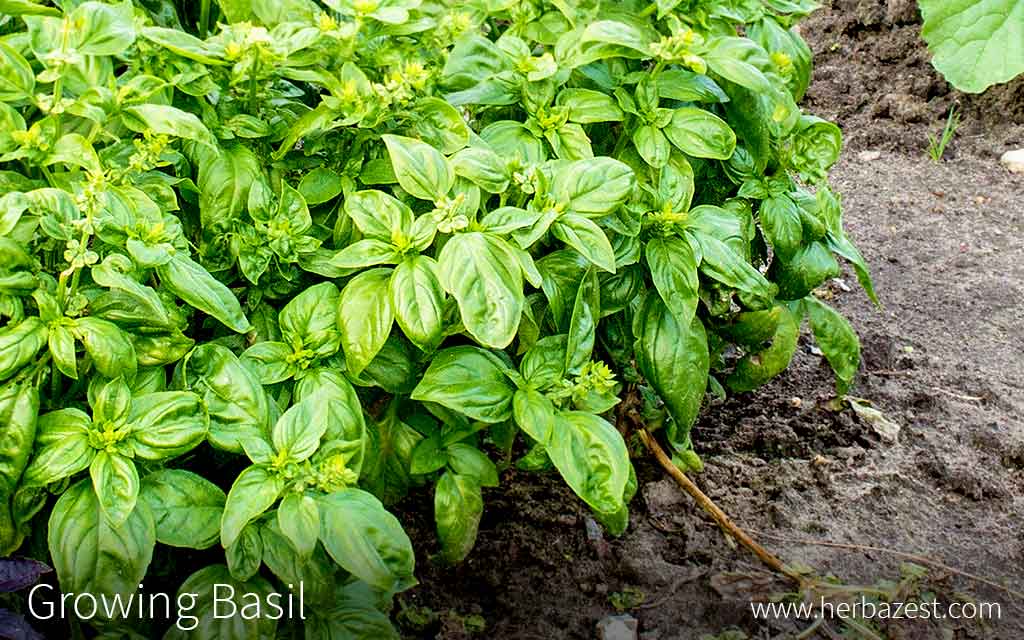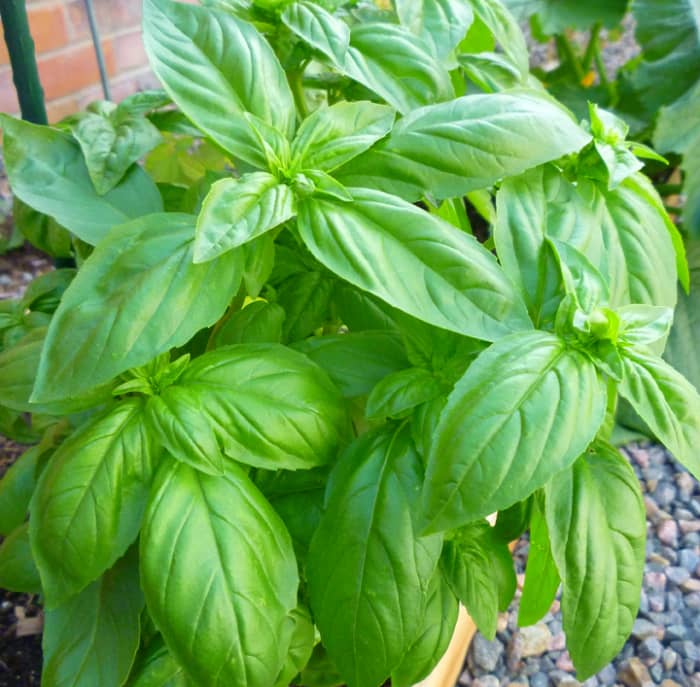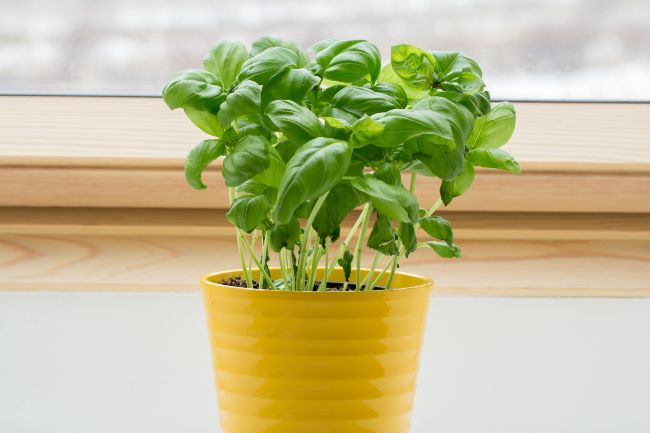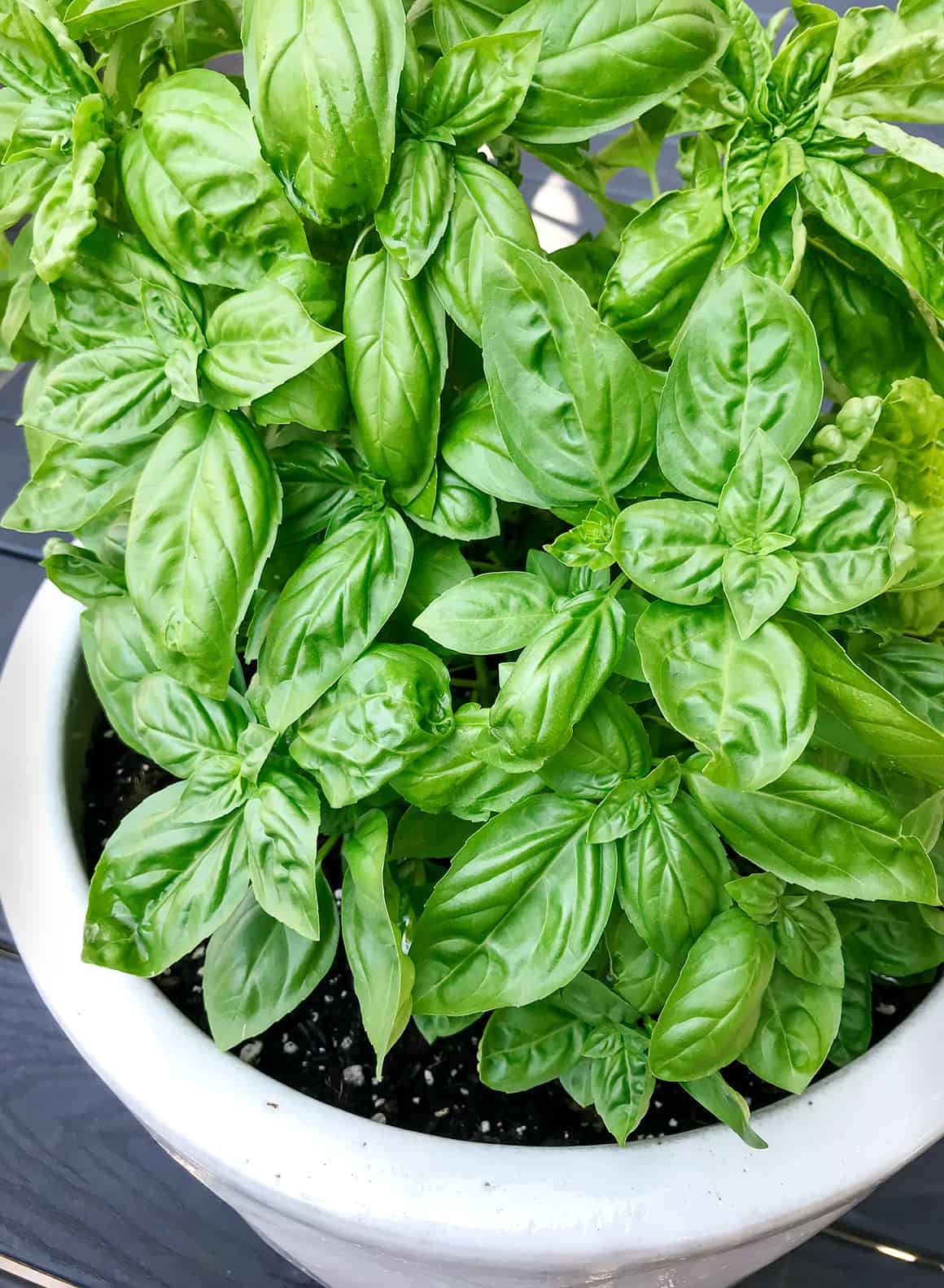Why Choose Container Gardening for Your Basil
When it comes to cultivating fresh flavors, growing sweet basil in a pot is an excellent choice. One of the primary advantages of container gardening is the flexibility it offers. With a pot, you can easily move your basil plant to different locations, allowing you to optimize its exposure to sunlight and temperature. This flexibility is particularly useful for small gardens, balconies, or indoor spaces where space is limited. Additionally, growing sweet basil in a pot enables year-round harvesting, as you can bring the pot indoors during colder months or move it to a sunnier location during the summer. By choosing container gardening for your basil, you can enjoy a continuous supply of fresh, fragrant leaves throughout the year. Whether you’re a seasoned gardener or a beginner, growing sweet basil in a pot is a great way to add some greenery to your space and flavor to your cooking.
Selecting the Perfect Pot and Soil for Your Basil
When it comes to growing sweet basil in a pot, selecting the right pot and soil is crucial for healthy growth. The ideal pot size for basil plants is between 6-12 inches deep and 8-12 inches wide, providing enough room for the roots to grow. Choose a pot made from a breathable material like terra cotta or ceramic, which allows for better air circulation and moisture regulation. Ensure the pot has proper drainage holes to prevent waterlogged soil, a common issue that can lead to root rot. For optimal growth, use a well-draining potting mix specifically designed for herbs like basil. A mix with a pH between 6.0 and 7.0 and containing organic matter like peat moss or compost will provide the necessary nutrients for your basil plant. Avoid using regular garden soil, as it can compact and prevent proper drainage. By selecting the right pot and soil, you’ll be well on your way to growing a thriving and fragrant sweet basil plant in a pot.
How to Plant and Care for Your Basil Seedlings
Once you’ve selected the perfect pot and soil for your basil, it’s time to plant and care for your seedlings. Start by preparing the soil by loosening it to a depth of about 6-8 inches. Add a balanced fertilizer according to the manufacturer’s instructions to provide essential nutrients for your basil plant. Gently remove the seedlings from their pots and plant them in the prepared soil, leaving about 1-2 inches of space between each seedling. Water the soil gently but thoroughly to settle the soil around the roots. For optimal growth, provide your basil plant with consistent moisture levels, but avoid overwatering, which can lead to root rot. Fertilize your basil plant every 1-2 weeks with a balanced fertilizer to promote healthy growth. Pruning and training your basil plant are crucial for optimal growth. Pinch off the top sets of leaves to encourage bushy growth and prevent flowering. Regular pruning will also promote a fuller plant with more fragrant leaves. By following these steps, you’ll be well on your way to growing a thriving and fragrant sweet basil plant in a pot.
Optimizing Light and Temperature for Basil Growth
When growing sweet basil in a pot, it’s essential to provide the right amount of light and temperature for optimal growth. Sweet basil requires bright, indirect light to thrive, making south-facing windows or balconies ideal locations. Aim to provide at least 4-6 hours of direct sunlight or 12-14 hours of indirect sunlight per day. If you’re growing basil indoors, consider using grow lights to supplement natural light. In terms of temperature, sweet basil prefers warm temperatures between 65°F to 75°F (18°C to 24°C). Avoid placing pots near heating or cooling vents, fireplaces, or drafty windows, as extreme temperatures can shock the plant. For year-round harvesting, consider moving pots to a cooler location during the winter months or using a cold frame to extend the growing season. By optimizing light and temperature, you’ll be able to enjoy a bountiful harvest of fragrant and flavorful sweet basil leaves from your pot-grown basil plant.
Watering and Humidity: The Key to Healthy Basil Leaves
Consistent moisture levels are crucial when growing sweet basil in a pot. Basil plants require about 1-2 inches of water per week, either from rainfall or irrigation. Check the soil moisture by sticking your finger into the soil up to the first knuckle. If the soil feels dry, it’s time to water. Water your basil plant at the base, avoiding the leaves to prevent fungal diseases. Aim to water in the morning, allowing the plant to absorb the water throughout the day. In addition to proper watering, maintaining humidity around the pot is essential for healthy basil growth. You can increase humidity by placing the pot on a tray filled with water and pebbles or using a humidifier. By maintaining consistent moisture levels and humidity, you’ll be able to enjoy a thriving and fragrant sweet basil plant in your pot.
Pest Control and Common Problems in Pot-Grown Basil
When growing sweet basil in a pot, it’s essential to be aware of common pests and diseases that can affect the plant’s health. Spider mites, aphids, and whiteflies are common pests that can infest basil plants, causing damage to leaves and stems. Regularly inspect your plants for signs of infestation, such as tiny eggs, webs, or actual pests on the leaves. For organic control, use neem oil or insecticidal soap to treat infestations. Chemical control methods, such as pyrethrin or permethrin, can also be effective. Additionally, root rot can be a problem in pot-grown basil, often caused by overwatering. To prevent root rot, ensure good drainage in your pot and avoid waterlogging. If you do encounter root rot, remove affected roots, repot the plant in fresh soil, and adjust your watering schedule. By being proactive in monitoring for pests and diseases, you can prevent damage to your basil plant and enjoy a healthy, thriving crop when growing sweet basil in a pot.
Harvesting and Preserving Your Fresh Basil Crop
When growing sweet basil in a pot, regular harvesting is crucial for promoting bushy growth and preventing flowering. Harvest individual leaves or stems as needed, or pinch off the top sets of leaves to encourage branching. For a larger harvest, cut off the top third of the plant, just above a node, using scissors or pinch off the leaves with your fingers. This will encourage the plant to produce new growth and prevent it from flowering. To preserve your fresh basil crop, dry the leaves by tying them in small bunches and hanging them upside down in a warm, dry place. You can also freeze or chop the leaves and store them in an airtight container for later use. Regular harvesting and proper preservation techniques will allow you to enjoy your fresh basil crop throughout the year, even when growing sweet basil in a pot during the off-season.
Tips and Variations for Growing Unique Basil Varieties
When growing sweet basil in a pot, experimenting with different varieties can add unique flavors and fragrances to your cooking. Genovese basil, with its large, bright green leaves, is a popular choice for pesto and caprese salads. Thai basil, on the other hand, has a distinctive anise flavor and is often used in Southeast Asian cuisine. Lemon basil, with its citrusy aroma, is perfect for adding a twist to traditional basil recipes. To grow these unique flavors in pots, follow the same basic care instructions as for sweet basil, but be aware of any specific requirements for each variety. For example, Thai basil may require more frequent watering due to its higher water content. By growing different basil varieties in pots, you can enjoy a diverse range of flavors and aromas throughout the year, and discover new favorite recipes when growing sweet basil in a pot.


/growing-basil-in-containers-848215-hero-791d6fe10ea3447a8f2524723128f3b5.jpg)





